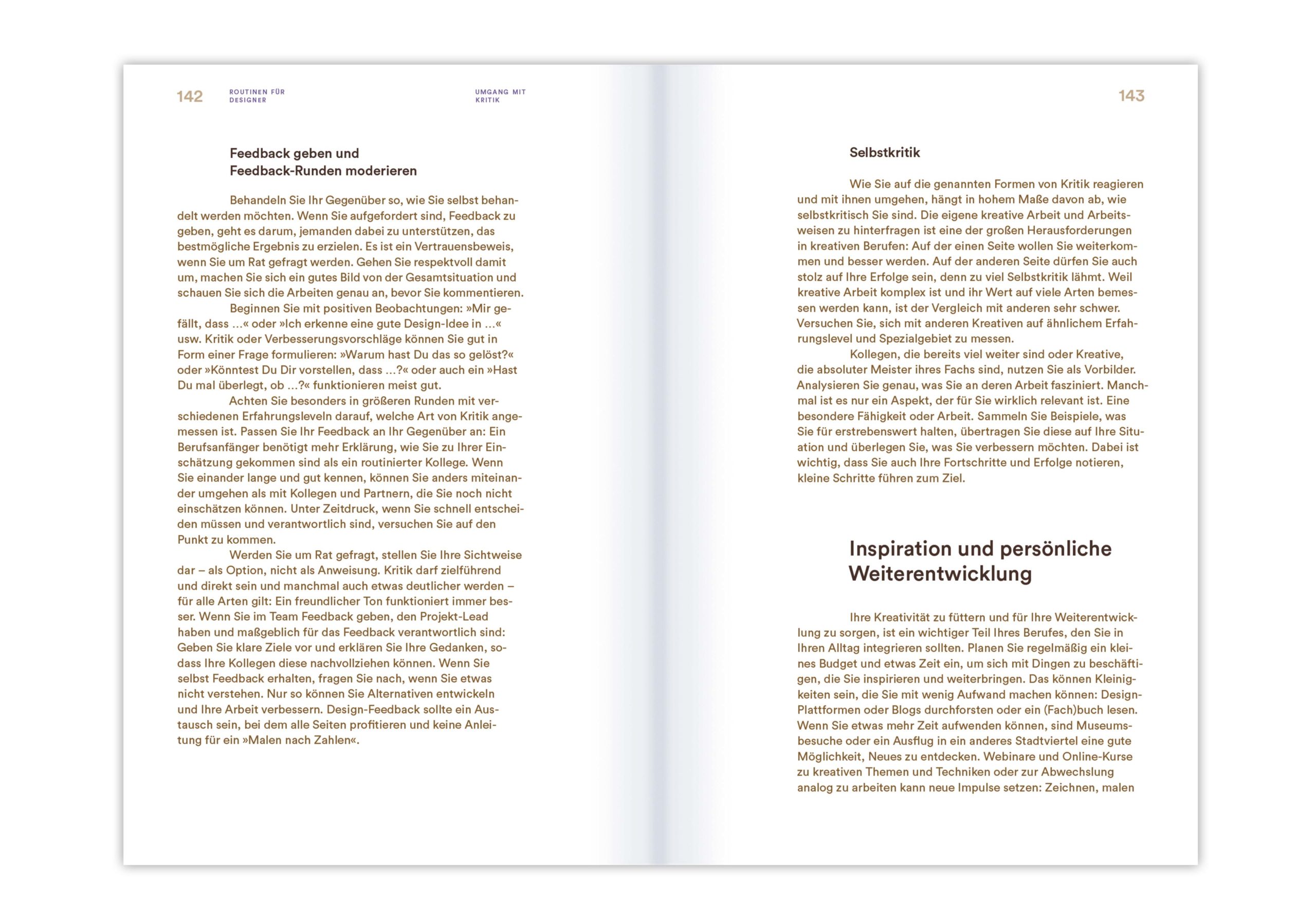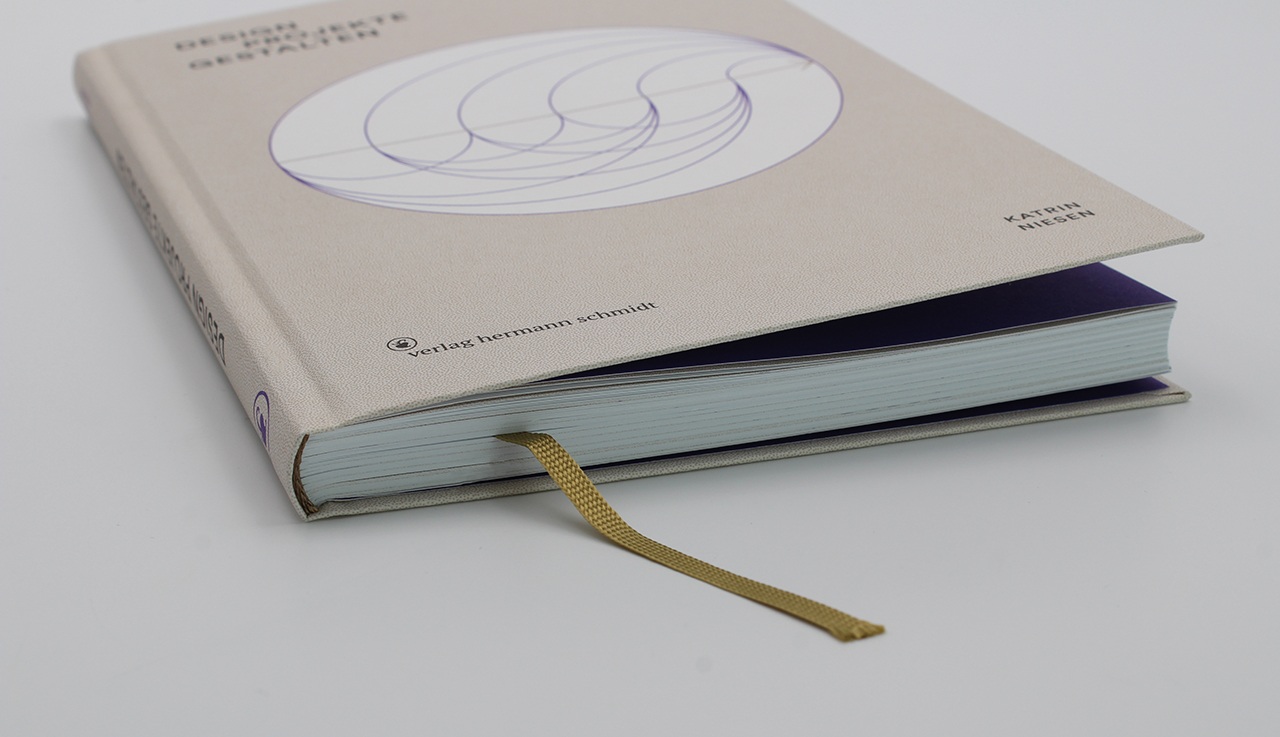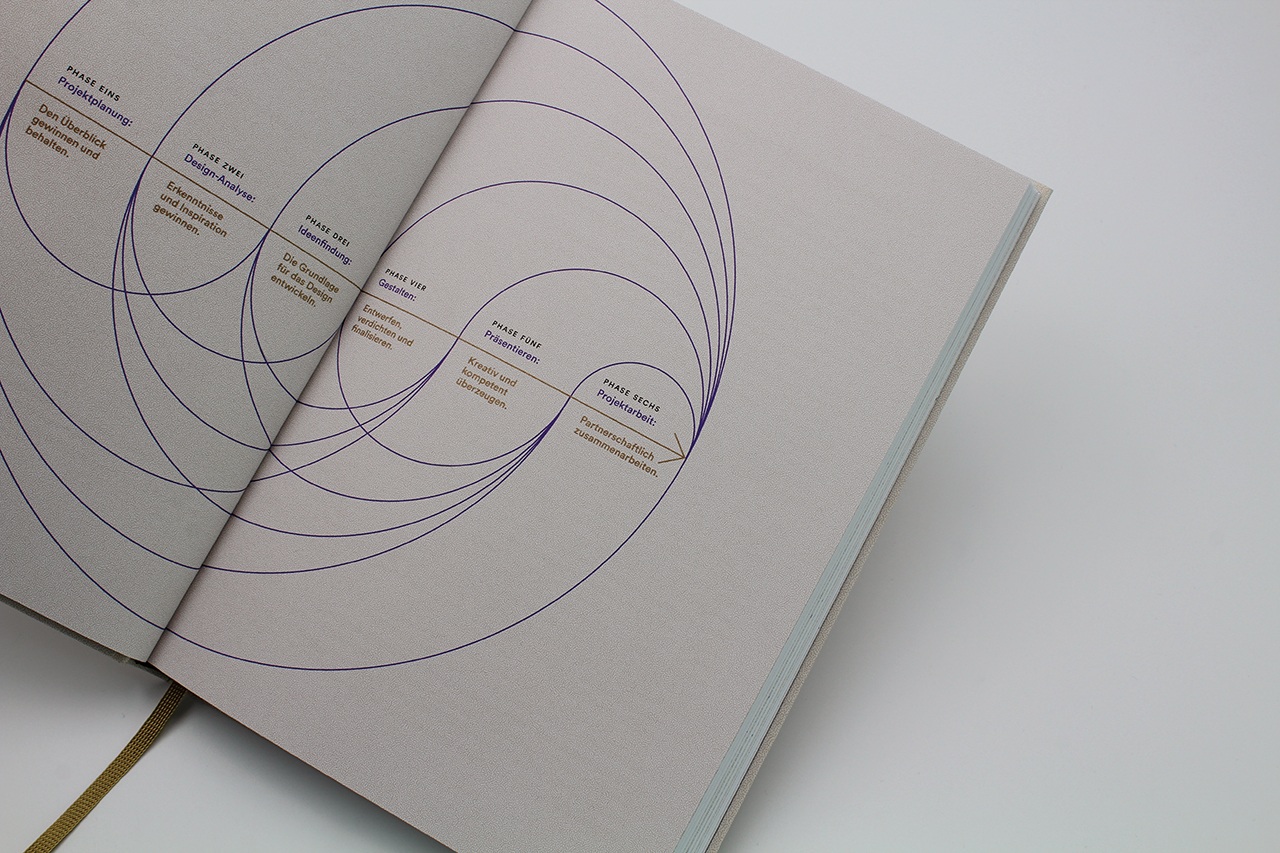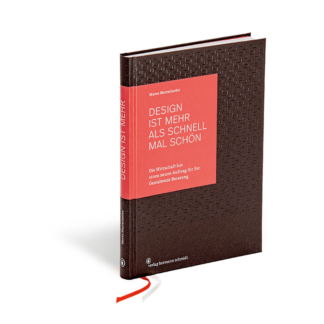Blick ins Buch
So that creativity wins- and pays off
Graphic design still is the job of your dreams, studying it was a firework of inspiration- yet, after a few years in agencies, disillusionment has settled in? You begin to suspect: Whoever aims to make a living in the free economy with design will need more than just competence in designing. But no one has prepared you for this and project management sounds awful to you?
Don’t worry: Katrin Niesen is one of us.
She has worked as a designer for well-known agencies for many years. After her first personal disillusionment, she experienced that a bit of organization from the beginning leaves more room for the heart of her work: the creation. As superior, she has trained generations of young designers to manage design projects with ease.
After more than 20 successful years, she decided to break free from the structures of a big agency.
With a small team, she started up her own business. Next to standard of quality and economical benchmarks, she set another goal: there should be time for side projects, further education, travels and drawing. That had to be possible. And all that without a project manager or planner. And lo and behold, it worked. Thanks to the organizational guardrails she passes on in her book and thanks to a clear orientation through setting the interim target of the presentation.
Because she understands the process of design itself as creational task.
For when we creatives realize that the design process itself is a creational task…
When we discern that it is up to us whether regular night and weekend shifts are necessary…
When we begin to navigate projects in such a confident and efficient way that it leaves enough room for the heart- the creation…
Then calculations will work out better, presentations will be more convincing, everyday design life will be more satisfying and relaxed- and respect, recognition, and working at eye level will be more likely.
Nothing less is promised- and delivered!- by this book and it answers questions such as:
- How do I start?
- How do I plan and calculate a project?
- How do I handle constant financial discussions?
- How do I approach a topic of which I cannot make anything in the beginning?
- What if I cannot think of anything and I cannot deliver?
- What if my team does not deliver?
- How do I perform a design-analysis and arrive at clear recommendations?
- How is a good design strategy achieved?
- How do I present ideas convincingly?
- How do I turn ideas into good creations?
- How and with which criteria do I make the right decisions in design?
- How do I convince clients from courageous solutions?
- What can I do when I am feeling stuck in a rut and the deadline approaches?
- Why do projects often start off so well and then become chaotic and strenuous- and what can be done about it?
- Why does time always run out towards the end and how do I prevent this?
- How do I act appropriately when the schedule was too tight to begin with?
- Which options remain when I have little to no impact on the organizational external conditions?
- What to do when for all the organization only little time remains to reflect and design?
- How do I handle inconsistent feedback? Criticism?
- How do I motivate myself?
- Am I good enough as a creative- and who gets to decide that?
We wish for you to be spending the time saved through more seamless processes on yourself, your friends and family in a profitable and enjoyable way.
Features and design
Managing Design Projects
So that creativity wins- and pays off
design Eva Finkbeiner
160 pages
printed throughout in two special colors (bronze and violet)
worksheets to download free of charge
size 15 x 23 cm
thread-stitched flex cover with ribbon bookmark

























